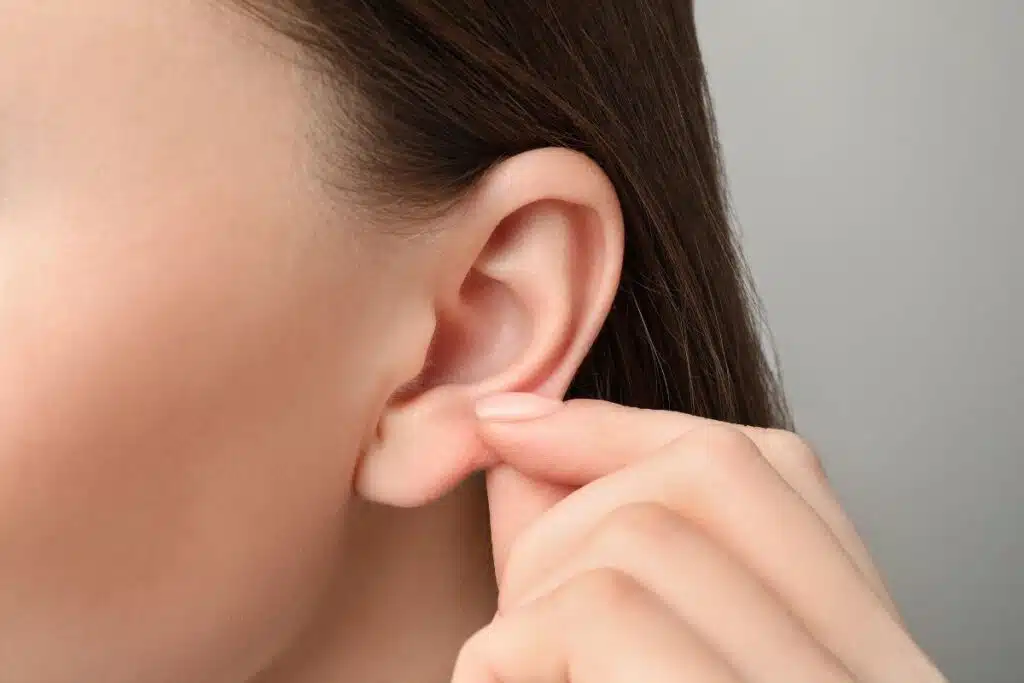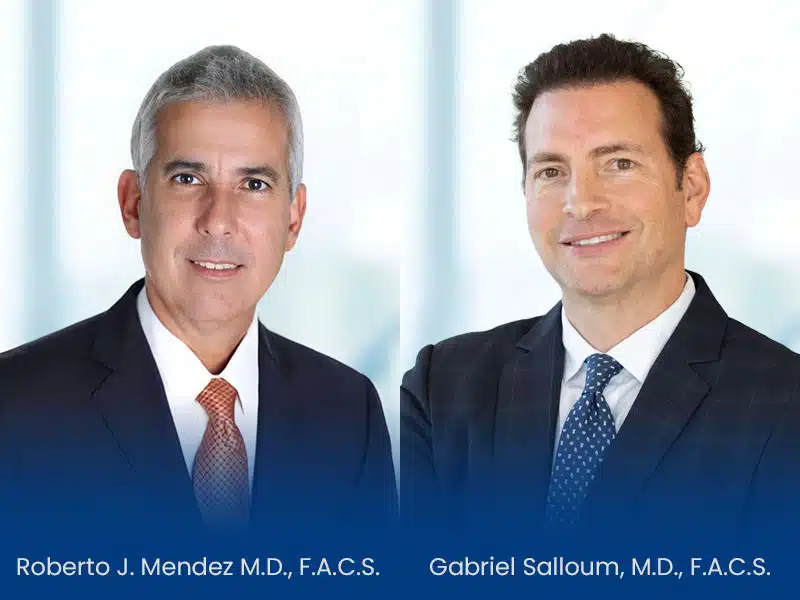Have you noticed a raised, shiny bump forming around your ear piercing? You’re not alone. Keloids are a frustrating complication that can develop after even the most routine body piercings. But there’s good news: with the right knowledge and treatment plan, you can manage and even eliminate keloids effectively.
Whether you’ve just spotted a keloid or have been dealing with one for years, there are proven treatments that can help. In this guide, we’ll walk you through what causes ear keloids, how to prevent them, and the best ways to get rid of them for good.

What Causes Keloids on Ear Piercings?
Keloids (hypertrophic scars) are caused by an overproduction of collagen, the protein responsible for repairing wounds. When the body produces too much collagen during the healing process, it can result in a raised, thickened scar that grows beyond the original injury site — also known as a keloid.
While anyone can develop keloids, several factors can increase your risk, especially when it comes to ear piercings:
- Genetics: A family history of keloids significantly raises your risk.
- Skin tone: People with darker skin tones are more likely to develop keloids.
- Infection: Any infection at the piercing site can worsen the scar response.
- Trauma: Tugging, snagging, or frequent friction at the piercing site.
- Improper aftercare: Not cleaning or over-cleaning the area can interfere with healing.
- Piercing technique: Gun piercings, for example, can cause more trauma than needles.
How Common Are Keloids From Ear Piercings?
Keloids from ear piercings are not extremely common, but they are a known complication. According to a study published in the National Institutes of Health database, the incidence of keloids among individuals with ear piercings ranges from 2.5% to 6%. The likelihood increases significantly in individuals with darker skin tones (Fitzpatrick skin types IV–VI), as well as those with a family history of keloids. While rare for some, for others with these predispositions, the risk is quite real.
Symptoms of Ear Keloids from Piercings
Keloids don’t always appear immediately after a piercing, which can make them difficult to identify early on. They tend to develop slowly over weeks or months and can sometimes be mistaken for other types of bumps or scar tissue. Recognizing the symptoms early is crucial in seeking effective treatment and preventing the keloid from growing larger.
Here are the most common symptoms associated with ear keloids:
- Raised, firm growth: Keloids are often thick, smooth, and elevated above the surrounding skin.
- Shiny or rubbery texture: The surface of a keloid can appear glossy or feel rubber-like to the touch.
- Itching or irritation: Many individuals experience persistent itchiness around the keloid, especially as it grows.
- Discomfort or tenderness: Keloids can be sensitive to touch and may become painful, particularly if irritated by earrings or pressure.
- Skin discoloration: The color of a keloid may vary from pink or red to dark brown, depending on your skin tone and how long the keloid has been present.
- Gradual enlargement: Keloids tend to grow slowly over time, often expanding beyond the original boundary of the original piercing site.
Ear Keloid Prevention Techniques
While keloids can’t always be prevented, especially in those who are genetically predisposed, there are steps you can take to lower your risk — particularly when getting an ear piercing. Prevention starts with smart decisions before the procedure and continues with proper care during the healing process.
Here are some effective prevention techniques:
- Consider pressure earrings or silicone sheets: These can sometimes help flatten scars during healing and may reduce the likelihood of keloid formation.
- Choose a professional piercer: Always go to a licensed, experienced piercer who uses sterile equipment and proper techniques. Needle piercings tend to cause less trauma than piercing guns.
- Avoid cartilage piercings if you’re prone to keloids: Earlobe piercings carry a lower risk than cartilage areas, which are more prone to keloid formation.
- Follow aftercare instructions carefully: Clean the area gently with saline solution and avoid alcohol-based cleansers that can dry out and irritate the skin.
- Minimize friction and trauma: Avoid sleeping on the new piercing or frequently touching it, as this can disrupt healing and trigger excess collagen production.
- Watch for early signs: If you notice redness, swelling, or a raised bump, consult a specialist early to address it before it worsens.
Leading Experts in Keloid Plastic
Surgery in Miami Beach

How to Get Rid of Keloid Scars From Ear Piercings
If you’re already dealing with a keloid from an ear piercing, don’t worry — there are several safe and effective treatment options available. The right approach depends on the size, age, and severity of the keloid, as well as your skin type and medical history. Some treatments aim to shrink the keloid, while others are focused on removing it entirely and preventing it from coming back.
Laser Therapy
Laser therapy is a non-invasive treatment option that uses focused light energy to reduce the appearance and thickness of keloids. This technique works by breaking down excess scar tissue and stimulating healthy skin regeneration. Pulsed dye lasers (PDL) are commonly used for keloids, especially in combination with other therapies like corticosteroid injections. While it may take multiple sessions, laser treatment can significantly flatten keloids, reduce discoloration, and improve skin texture without the need for cosmetic surgery. It’s a safe and effective choice, particularly for smaller or newer keloids on the ears.
Corticosteroid Injections
Steroid injections are one of the most common and effective treatments for reducing keloid size and symptoms. These anti-inflammatory medications are injected directly into the keloid to shrink the tissue, soften the scar, and relieve itching or discomfort. Treatments are usually given every few weeks over several treatments, depending on the keloid’s size and response. Corticosteroids may also be combined with other treatments like laser or surgery for better results. This option is especially helpful in flattening keloids and preventing them from growing further, making it ideal for early to moderately developed ear keloids.
Cryotherapy
Cryotherapy involves freezing the keloid tissue with liquid nitrogen to destroy excess scar cells and reduce the size of the keloid. This method works by causing controlled damage to the abnormal scar tissue, prompting it to shrink over time. It’s most effective on smaller keloids and is often used in combination with corticosteroid injections for enhanced results. While it may cause temporary swelling or blistering, cryotherapy is a relatively quick, in-office procedure with minimal downtime. It’s a good option for patients looking for non-surgical ways to manage early or small ear keloids.
Ear Keloid Removal Surgery
Surgical removal is often recommended for larger or more persistent ear keloids that haven’t responded well to non-invasive options. During the procedure, a specialist carefully excises the keloid tissue, often using advanced techniques to minimize trauma and reduce the chance of recurrence. However, surgery alone is not usually enough — it’s typically followed by adjunct treatments such as corticosteroid injections or superficial radiation therapy to prevent regrowth. When performed by a skilled plastic surgeon, keloid removal surgery can restore the ear’s appearance and significantly improve comfort and quality of life.
Superficial Radiation Therapy
Superficial Radiation Therapy (SRT) is a highly effective technique used to prevent keloid recurrence after surgical removal. This targeted, low-dose radiation is applied directly to the skin’s surface to destroy any remaining keloid-forming cells. SRT is typically administered within 24–72 hours after surgery and has been shown to significantly reduce the likelihood of regrowth. It’s a painless, outpatient procedure with minimal side effects. At specialized centers like ours, SRT is often a key part of comprehensive keloid treatment plans, especially for patients who have experienced multiple recurrences or have large, complex ear keloids.
BEFORE & AFTER GALLERY
Natural & Unparalleled Results
Choosing The Best Keloid Treatment For You
When it comes to treating keloids, especially on delicate areas like the ears, choosing an experienced specialist makes all the difference. An expert understands how to assess the size, location, and history of the keloid to recommend the most effective combination of treatments — minimizing recurrence and improving cosmetic results.
At The Keloid Plastic Surgery Center, your care is in the hands of two board-certified Plastic and Reconstructive Surgeons with a deep focus on keloid treatment. Dr. Roberto Mendez and Dr. Gabriel Salloum have successfully treated patients from across the globe, handling everything from minor keloids to the most complex cases. Plus, we’re one of the few U.S. clinics offering advanced SRT (Superficial Radiation Therapy) with proven lower recurrence rates. Ready to take the first step? Call us at 833-453-5643 or visit our contact page to schedule a consultation.

